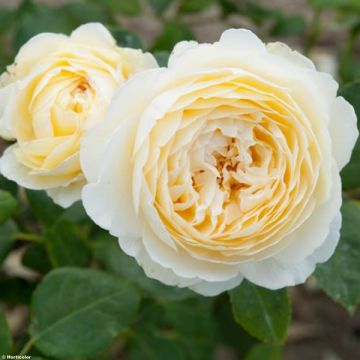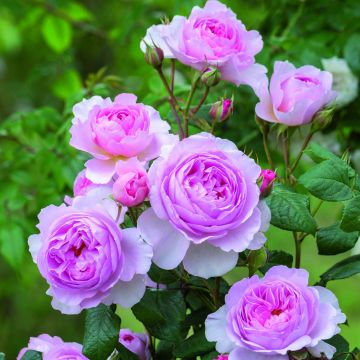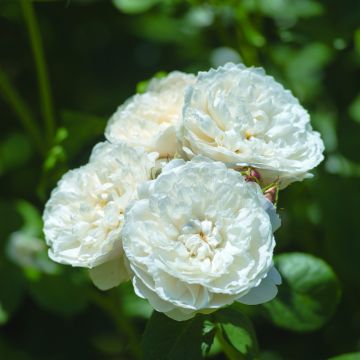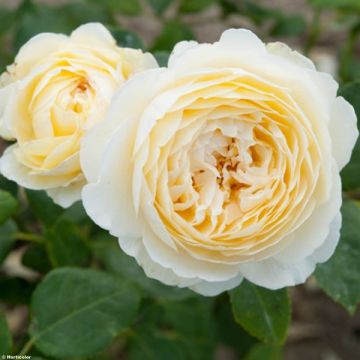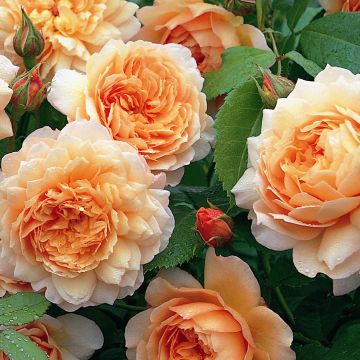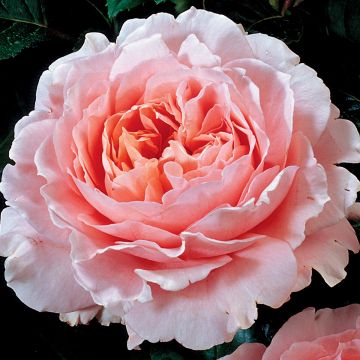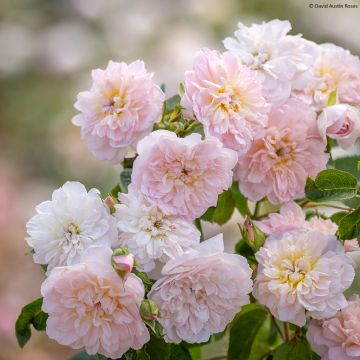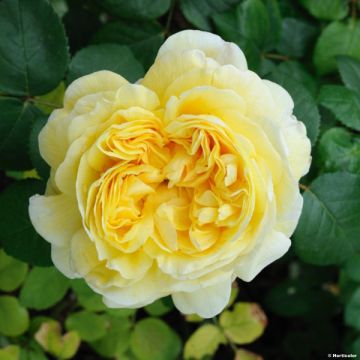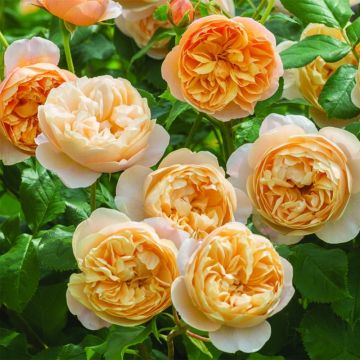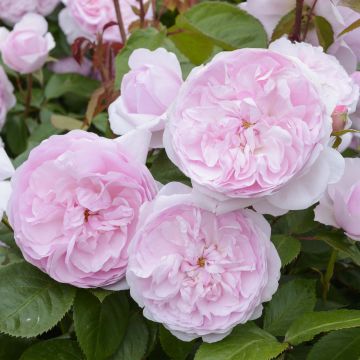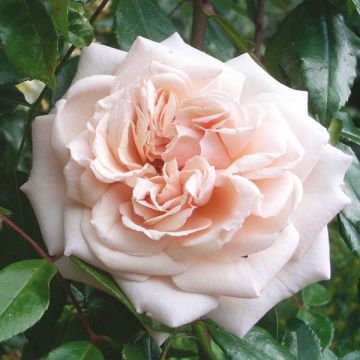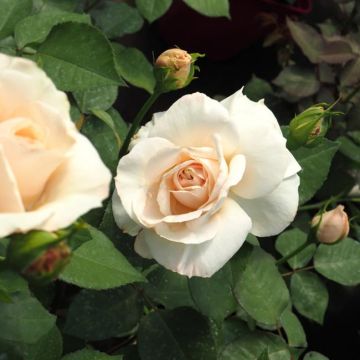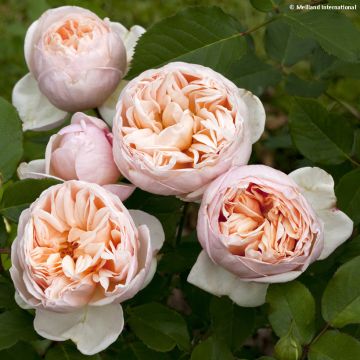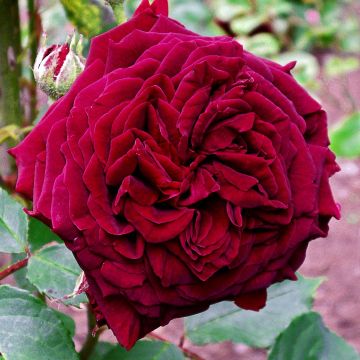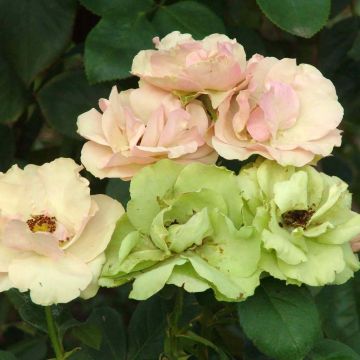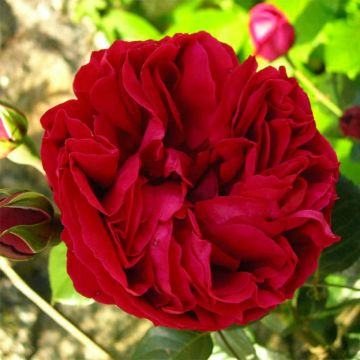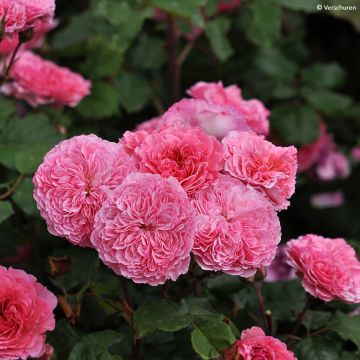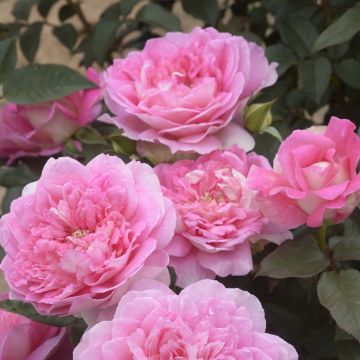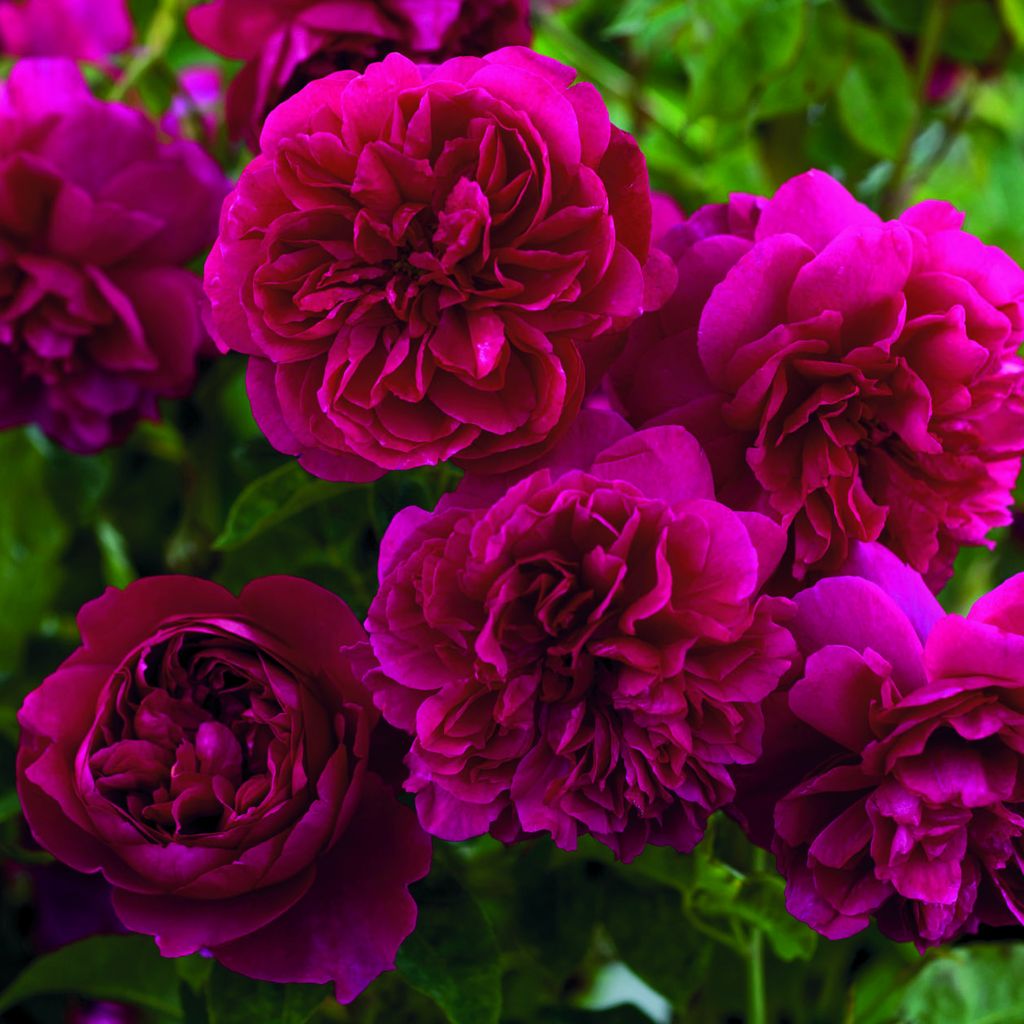

Rosa Thomas à Becket - English Shrub Rose
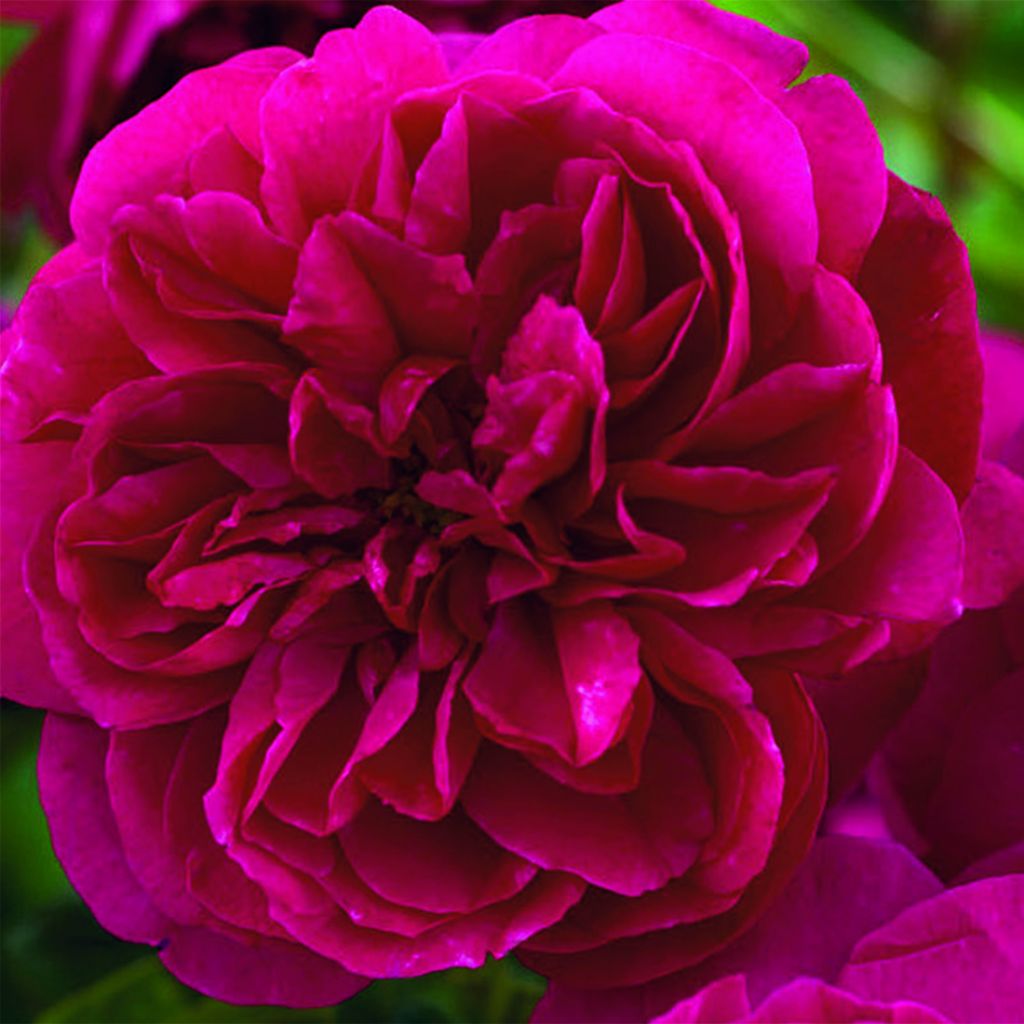

Rosa Thomas à Becket - English Shrub Rose
Rosa Thomas à Becket - English Shrub Rose
Rosa Thomas à Becket® 'Auswinston'
This item cannot be shipped to the selected country
Delivery charge from €5.90
Delivery charge from €5.90
Delivery to Corse prohibited
More information
Schedule delivery date,
and select date in basket
This plant carries a 24 months recovery warranty
More information
We guarantee the quality of our plants for a full growing cycle, and will replace at our expense any plant that fails to recover under normal climatic and planting conditions.
From €5.90 for pickup delivery and €6.90 for home delivery
Express home delivery from €8.90.
From €5.90 for pickup delivery and €6.90 for home delivery
Express home delivery from €8.90.
Delivery to Corse prohibited: UE law prohibits the import of this plant from mainland France to Corse as part of the fight against Xylella fastidiosa. Please accept our sincere apologies.
More information
Does this plant fit my garden?
Set up your Plantfit profile →
Description
The English rose Thomas à Becket is has a natural and bushy habit, with particularly healthy and resistant vegetation. This variety displays clusters of shallow cup-shaped, double flowers, in a beautiful light red shade which changes to carmine. Their fragrance is like that of old roses, dominated by an intense lemon note. This bush will give its best if not pruned too severely to allow it to grow freely.
This English rose stands out from others with its more natural appearance and exuberant growth. A real asset that deserves to be exploited, especially since this variety is remarkably healthy and disease-resistant. If pruned, this bush, almost as wide as it is tall, will reach about 1.25 m (4ft) in height and 1 m (3ft) in width. When grown freely, it will develop in much larger proportions. It has repeat flowering. It produces medium-sized clusters of red flowers, opening into informal rosettes, whose petals gracefully curl downwards as the flower ages. Each flower sways gracefully on its stem, exhaling a powerful fragrance dominated by lemon citrus notes.
This bush, a little more 'wild' than others in the same range, is perfect for flowerbeds and landscape hedges. This large bush is ideal for creating a backdrop, at the back of perennial or annual flowerbeds with plants such as gypsophila, phlox, perennial geraniums, dame's rocket, purple toadflax, or love-in-a-mist. It doesn't mind the competition from the roots of other plants, which allows it to be associated with a flowerbed of flowering shrubs, such as lilacs, Deutzia, Spirea, or the sumptuous foliage of the purple smoke bush 'Grace'. If you have enough space, English, Old, or Shrub Roses are beautiful when planted in groups of three. They will grow together to form 'one' opulent bush that will flower even more generously.
Introduced by David Austin in 2013.
Report an error about the product description
Rosa Thomas à Becket - English Shrub Rose in pictures
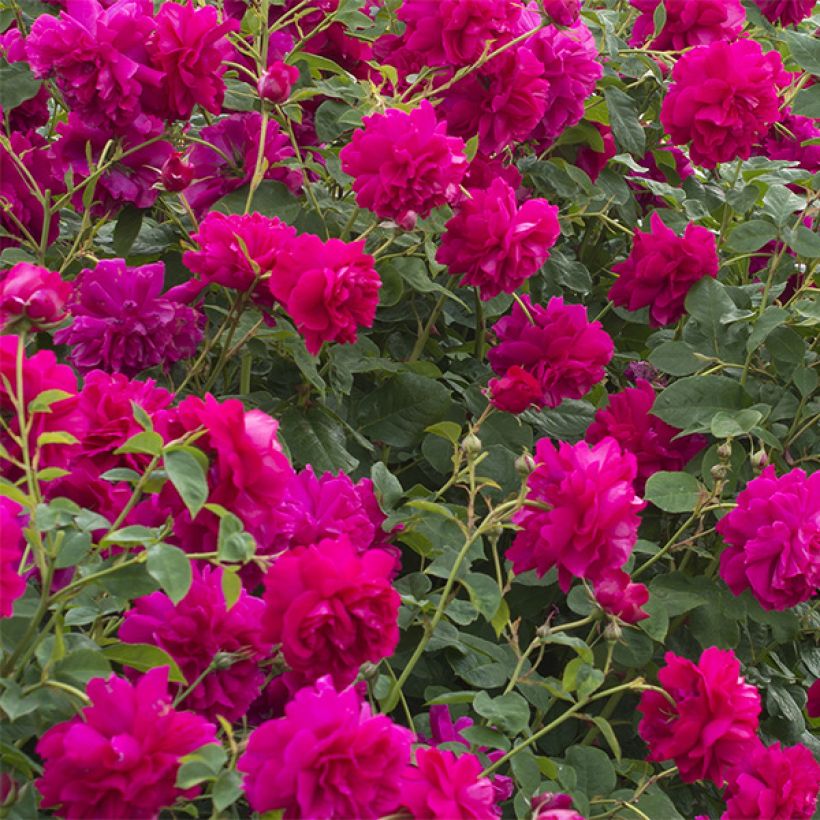

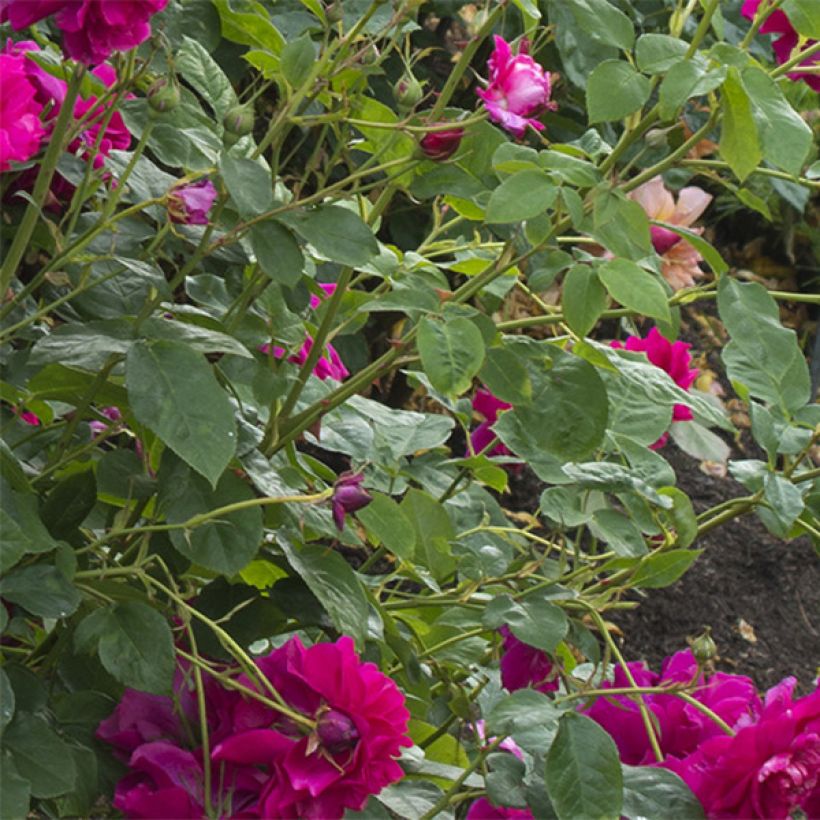

Plant habit
Flowering
Foliage
Botanical data
Rosa
Thomas à Becket® 'Auswinston'
Rosaceae
Cultivar or hybrid
Rosa canina Laxa (4L/5L pot, Wrapped bare root)
Other David Austin Roses
Planting and care
Plant your English Rose Thomas à Becket in a sunny or lightly shaded location. English roses are tolerant but will not tolerate excessive limestone. They will adapt to any garden as long as the soil is well-worked and sufficiently rich.
To plant your rose, prepare the soil by crumbling it and adding an amendment, such as bonemeal, at the bottom of the planting hole. Water abundantly after planting to remove air pockets. Water regularly for a few weeks to encourage root growth. Pruning English roses is essential for flowering. At the end of winter, shorten the branches to 3-5 buds above the ground (at the lowest level), choosing an outward-facing bud for a more elegant habit. Take advantage of this pruning to remove dead wood and unsightly branches. Pruning is done at an angle above a bud. As the flowers bloom, remove faded flowers to stimulate the development of other buds.
Roses are often spotted or unsightly in late summer, but it is not a problem for their development. These spots are not harmful to the rose; it is a natural phenomenon.
Planting period
Intended location
Care
-
, onOrder confirmed
Reply from on Promesse de fleurs
Fragrant Roses
Haven't found what you were looking for?
Hardiness is the lowest winter temperature a plant can endure without suffering serious damage or even dying. However, hardiness is affected by location (a sheltered area, such as a patio), protection (winter cover) and soil type (hardiness is improved by well-drained soil).

Photo Sharing Terms & Conditions
In order to encourage gardeners to interact and share their experiences, Promesse de fleurs offers various media enabling content to be uploaded onto its Site - in particular via the ‘Photo sharing’ module.
The User agrees to refrain from:
- Posting any content that is illegal, prejudicial, insulting, racist, inciteful to hatred, revisionist, contrary to public decency, that infringes on privacy or on the privacy rights of third parties, in particular the publicity rights of persons and goods, intellectual property rights, or the right to privacy.
- Submitting content on behalf of a third party;
- Impersonate the identity of a third party and/or publish any personal information about a third party;
In general, the User undertakes to refrain from any unethical behaviour.
All Content (in particular text, comments, files, images, photos, videos, creative works, etc.), which may be subject to property or intellectual property rights, image or other private rights, shall remain the property of the User, subject to the limited rights granted by the terms of the licence granted by Promesse de fleurs as stated below. Users are at liberty to publish or not to publish such Content on the Site, notably via the ‘Photo Sharing’ facility, and accept that this Content shall be made public and freely accessible, notably on the Internet.
Users further acknowledge, undertake to have ,and guarantee that they hold all necessary rights and permissions to publish such material on the Site, in particular with regard to the legislation in force pertaining to any privacy, property, intellectual property, image, or contractual rights, or rights of any other nature. By publishing such Content on the Site, Users acknowledge accepting full liability as publishers of the Content within the meaning of the law, and grant Promesse de fleurs, free of charge, an inclusive, worldwide licence for the said Content for the entire duration of its publication, including all reproduction, representation, up/downloading, displaying, performing, transmission, and storage rights.
Users also grant permission for their name to be linked to the Content and accept that this link may not always be made available.
By engaging in posting material, Users consent to their Content becoming automatically accessible on the Internet, in particular on other sites and/or blogs and/or web pages of the Promesse de fleurs site, including in particular social pages and the Promesse de fleurs catalogue.
Users may secure the removal of entrusted content free of charge by issuing a simple request via our contact form.
The flowering period indicated on our website applies to countries and regions located in USDA zone 8 (France, the United Kingdom, Ireland, the Netherlands, etc.)
It will vary according to where you live:
- In zones 9 to 10 (Italy, Spain, Greece, etc.), flowering will occur about 2 to 4 weeks earlier.
- In zones 6 to 7 (Germany, Poland, Slovenia, and lower mountainous regions), flowering will be delayed by 2 to 3 weeks.
- In zone 5 (Central Europe, Scandinavia), blooming will be delayed by 3 to 5 weeks.
In temperate climates, pruning of spring-flowering shrubs (forsythia, spireas, etc.) should be done just after flowering.
Pruning of summer-flowering shrubs (Indian Lilac, Perovskia, etc.) can be done in winter or spring.
In cold regions as well as with frost-sensitive plants, avoid pruning too early when severe frosts may still occur.
The planting period indicated on our website applies to countries and regions located in USDA zone 8 (France, United Kingdom, Ireland, Netherlands).
It will vary according to where you live:
- In Mediterranean zones (Marseille, Madrid, Milan, etc.), autumn and winter are the best planting periods.
- In continental zones (Strasbourg, Munich, Vienna, etc.), delay planting by 2 to 3 weeks in spring and bring it forward by 2 to 4 weeks in autumn.
- In mountainous regions (the Alps, Pyrenees, Carpathians, etc.), it is best to plant in late spring (May-June) or late summer (August-September).
The harvesting period indicated on our website applies to countries and regions in USDA zone 8 (France, England, Ireland, the Netherlands).
In colder areas (Scandinavia, Poland, Austria...) fruit and vegetable harvests are likely to be delayed by 3-4 weeks.
In warmer areas (Italy, Spain, Greece, etc.), harvesting will probably take place earlier, depending on weather conditions.
The sowing periods indicated on our website apply to countries and regions within USDA Zone 8 (France, UK, Ireland, Netherlands).
In colder areas (Scandinavia, Poland, Austria...), delay any outdoor sowing by 3-4 weeks, or sow under glass.
In warmer climes (Italy, Spain, Greece, etc.), bring outdoor sowing forward by a few weeks.

































